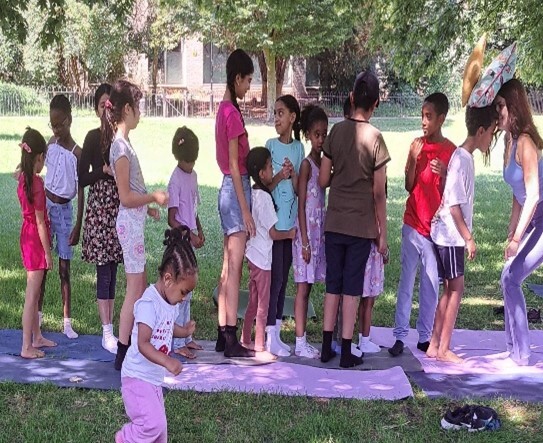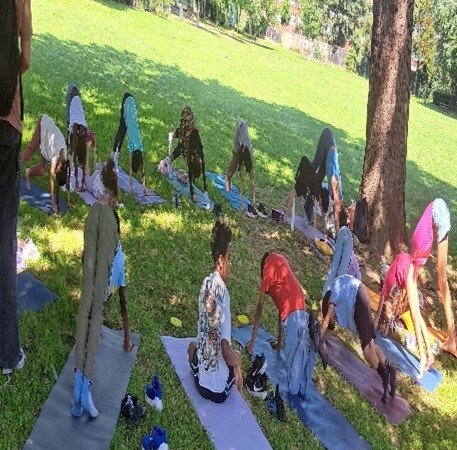<<< Back to Services
Extracurricular Activities and HAF Holiday Programme
Activities/Outputs:
The extracurricular holiday programme was designed to engage children and young people aged five to sixteen during school holiday periods in the summer and winter. During the summer holidays, the programme supported by local government and youth charities, while the activities during the autumn and Christmas holidays were funded through existing grant support, although without provision of food. The main goals of these holiday activities were to help participants build physical strength, foster inclusiveness and social connection, enhance creativity and cognitive development, and promote awareness of healthy eating habits by understanding nutritional values and recognizing the risks associated with unhealthy diets.
Places where the activities are held
Throughout the holiday periods, a variety of outdoor and indoor activities were organized. These included multi-sport sessions such as football, table tennis, and general physical exercises held at the local park, as well as creative and entertaining activities conducted within the learning centre. Participants were also provided with nutritious, hot, and freshly prepared meals for lunch, alongside lessons focused on healthy eating and nutrition education
Time & duration for the delivery of the activities:
The activities took place over specific periods aligned with school holidays. During the summer holidays, the programme mainly occurred in August, with activities scheduled over several days each week for a total of about four hours per day across multiple weeks. During the winter holidays, the programme was held over a week at the end of December, with activities each day lasting around four hours and taking place several days within that week.
An average of 25 to 30 children and young people participate in these holiday activities over the different sessions. During the summer period, thirty-four children and young people took part in both the outdoor activities and food programme. In the winter holiday period, twenty-five young people engaged in activities which did not include food provision due to funding limitations. Overall, the total number of unique beneficiaries across both holiday periods was thirty-five, reflecting some overlap in participation.
Participants varied in age, gender, and ethnicity. The majority of the beneficiaries were children of primary school age, with a smaller proportion being teenagers in secondary school. Girls represented a slightly smaller percentage of participants compared to boys. The ethnic backgrounds of the participants were predominantly from Black and Asian minority communities, with a smaller percentage coming from Eastern European backgrounds.
Achievements/Outcomes:
In The Past the programme achieved several positive outcomes. A significant number of participants actively engaged in outdoor multi-sport activities, which helped them develop sporting skills and encouraged a more active lifestyle. Indoor creative and artistic activities fostered social inclusion and community participation, helping to reduce feelings of social isolation and exclusion. Additionally, the nutritional lessons enhanced participants' understanding of healthy eating and nutrition, supporting their knowledge of maintaining a healthy lifestyle. Throughout the summer programme, children and young people also enjoyed nutritious, hot, and fresh meals, contributing to their overall wellbeing during the holiday period.






